
Scratchbuilt 1/144 torpedo boat USS Winslow
By Joel Christy
Introduction
Way back in 1957 I bought my first copy of Model Airplane News at Otto's Grill. In it an article appeared of a model project of a Spanish-American War torpedo boat. In those days MAN had great drawings by such masters as William Wylam and Joseph Nieto. I was really impressed by the torpedo boat drawings but as I was only eleven years old at the time my modelling skills had a lot to be desired. “Build it on Saturday and crash it on Sunday,” was my philosophy then. However some fifty years later I could still remember that article and I decided to see what I could find out about the Spanish-American War torpedo boat on the Internet. My research revealed that there was indeed such a craft and that the early torpedo boats were the forerunners of the modern destroyers. The one I was interested in was the USS Winslow and when I saw a profile of it I knew it was the one which appeared all those years ago in Model Airplane News. I also found some good drawings as the Winslow was recently kitted into a 1/192 scale resin model by Flagship Models. So, I now had all I needed to fulfil my childhood dream!
The USS Winslow was the fifth of its type to be built by the US Navy and was tested about the time that the USS Maine was blown up by a mine in Havana harbour thus starting the Spanish-American War. The Winslow was duly employed in that war and proved itself in the battle on Cardenas in 1898. It was built by the Columbia Iron Works and powered by 2,000 HP engines. Fast for its time it could make 25 knots. The torpedo boats were not so much a weapon as a threat. They frightened the powers that be into thinking that their ships of the line were vulnerable to these little boats and subsequently heavier and heavier armour was installed on the large ships resulting in the huge monsters of World War Two.



The Model
I decided to build my model in 1/144 scale as it would be manageable in size and detail. Once I had the drawings scaled out I set to work. The deck shape was cut out of 40 thou plastic sheet. Next a central spine of the same material was applied to the deck shape and side formers attached to it. The actual deck on the Winslow was a turtle deck so I glued curved formers to the deck shape and covered that assembly with 15 thou sheet. The sides were now applied over the formers. I plunge formed the stern over a carved wooden plug and once trimmed and cleaned up attached it to the rear. I made beading out of a strip taken from a sheet of 10 thou corrugated plastic sheet and glued it all around the edge of the deck.
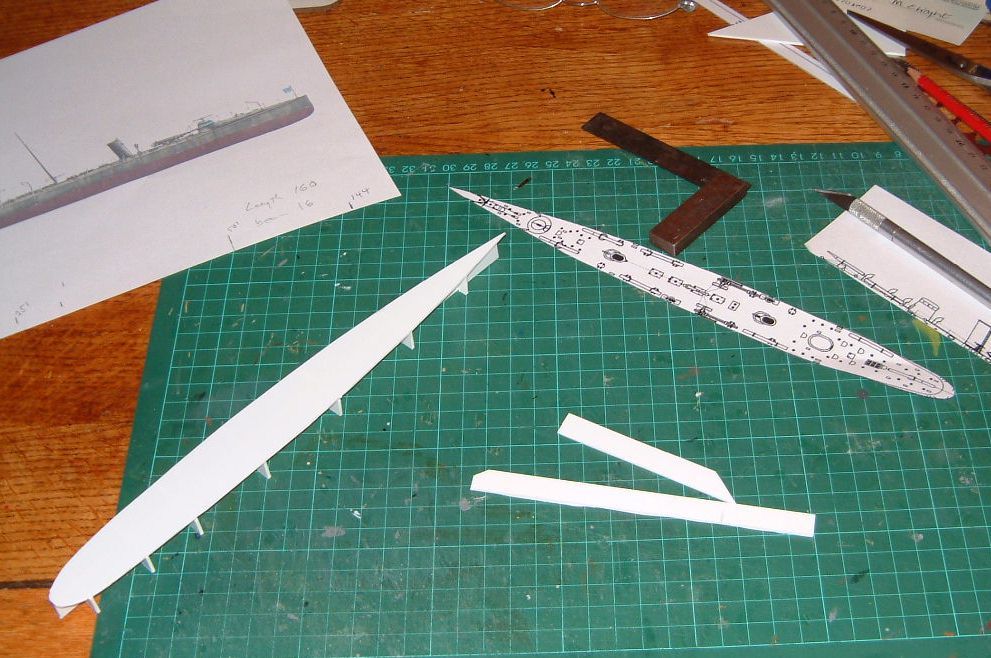
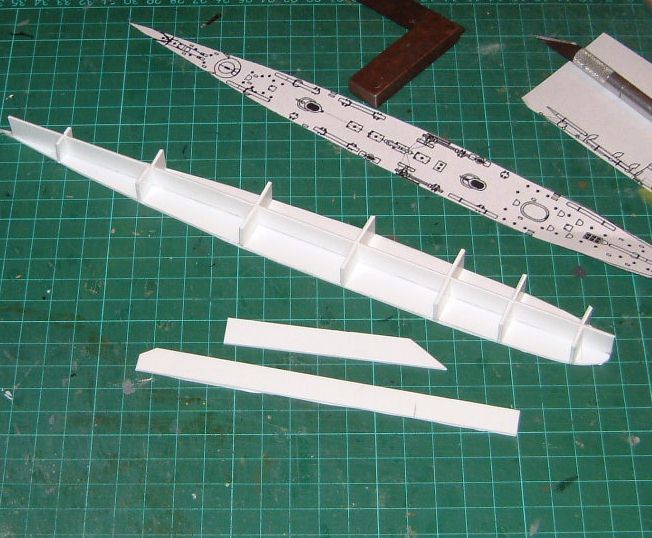
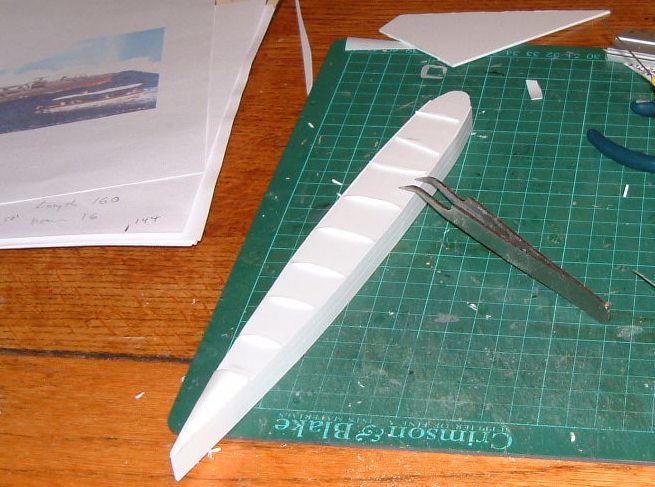
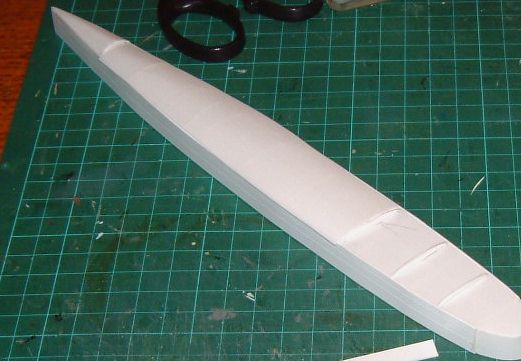
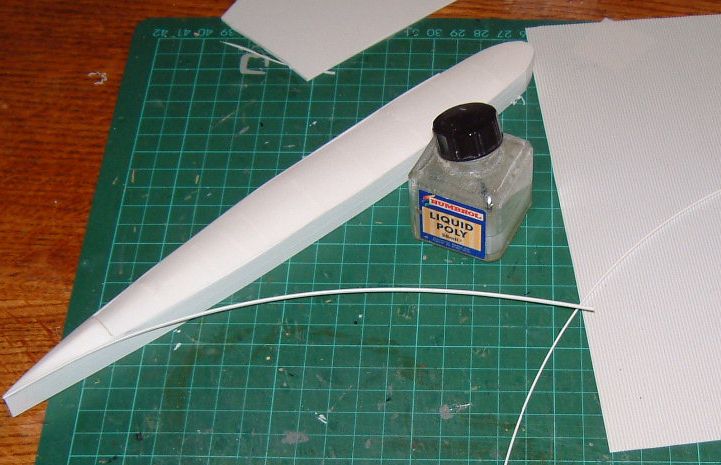
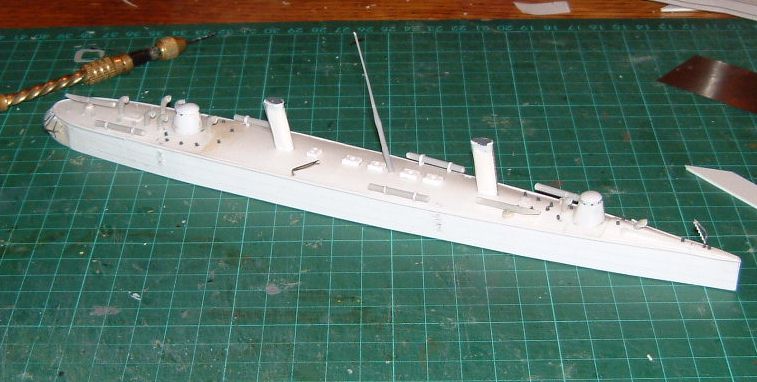
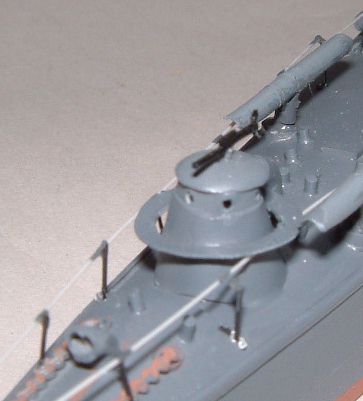
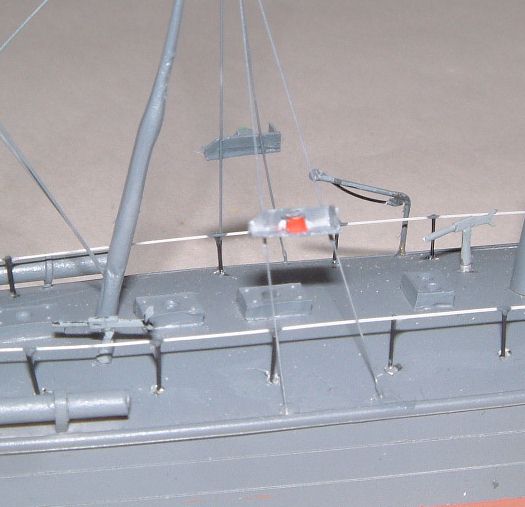
With the basic hull finished all the details could be added to the boat. I began by making the Dalek looking cones on the bow and stern. I assume these were armoured observation/ steering compartments. Two cones of 10 thou sheet covered with a cap plunge formed over a ball point pen top sufficed. The three torpedo tubes and four torpedo canisters were made of suitably sized plastic tubing and mounted to their respective positions.
The numerous vents were of the same material shaped over a lighted candle flame until it drooped to the appropriate shape. The funnels were made of 10 thou sheet curved over and glued to a 40 thou plastic form. The mast was stretched tubing which gave it a nice tapered shape. The stern propeller guards were fabricated out of brass wire and bits of hot stretched sprue.
When most of the detailing was done I gave the entire model two light coats of Humbrol number 126 dark grey. When dry I continued the detailing. Perhaps the most tedious job was the attachment of the many stanchion posts running the length of the curved turtle deck. These were made of thick hot stretched sprue. I set holes into the deck first with a heated common pin and glued the stanchions into each position and then added the railings of hot stretched sprue. Once the rigging of the mast was in place I added the port and starboard running lights. A thin stripe of number 70 brick at the water line finished the model.
Conclusion
So now I have a model of the USS Winslow, a subject that has stayed with me some 50 years. See, it's never too late!
